Collaborative Data Sciences platform
Since the informatisation of hospital services, many data are available for research in the healthcare sector.
These data are stored in Clinical Data Warehouses (CDWs) within hospitals.
At present, to be able to use these data for research, you need to have advanced knowledge of programming. Indeed, manipulating this data requires skills in SQL, R and Python in particular.
Conducting studies on EDS requires close collaboration between clinicians, data scientists and statisticians.
There are collaborative work platforms such as Jupyter Notebook1, where code is mixed with the display of the results of executing that code. Nevertheless, this platform requires programming knowledge and has limited functionality, not being created for the specific purpose of creating studies on EDS data.
On the other hand, there is statistical analysis software, with so-called “no-code” graphical interfaces, enabling statistical analysis to be carried out without any a priori knowledge of programming. This type of software doesn’t usually allow you to modify the code, which is a limiting factor for the data scientist and the development of new functionalities.
This is why LinkR was created.
It’s a web application that allows :
 : access health data via a graphical interface, requiring no programming skills
: access health data via a graphical interface, requiring no programming skills : to manipulate data via a R and Python programming interface
: to manipulate data via a R and Python programming interface : to learn how to manipulate medical data, both by browsing patient records and by manipulating aggregated data.
: to learn how to manipulate medical data, both by browsing patient records and by manipulating aggregated data.In this way, it enables the different stakeholders involved in medical research on EDS to work collaboratively, on a common platform.
Thanks to this common platform adapted to both 

LinkR enables the analysis of data from different sources :
Once this data has been imported into LinkR, you can create studies.
Each study will include one or more subsets of patients.
Organising data within LinkR
Once a study has been created, it needs to be configured.
The principle is simple: a study has an “Individual data” page and an “Aggregate data” page.
In the individual data page, I create a medical record template according to my needs.
For example, if my study concerns bacterial pneumonia, I will create :
Benefits :
 can therefore view patient data as he is accustomed to doing, in the form of a medical file.
can therefore view patient data as he is accustomed to doing, in the form of a medical file. can, if he wishes, modify the code allowing data visualization.
can, if he wishes, modify the code allowing data visualization. can learn to read a clinical file
can learn to read a clinical file
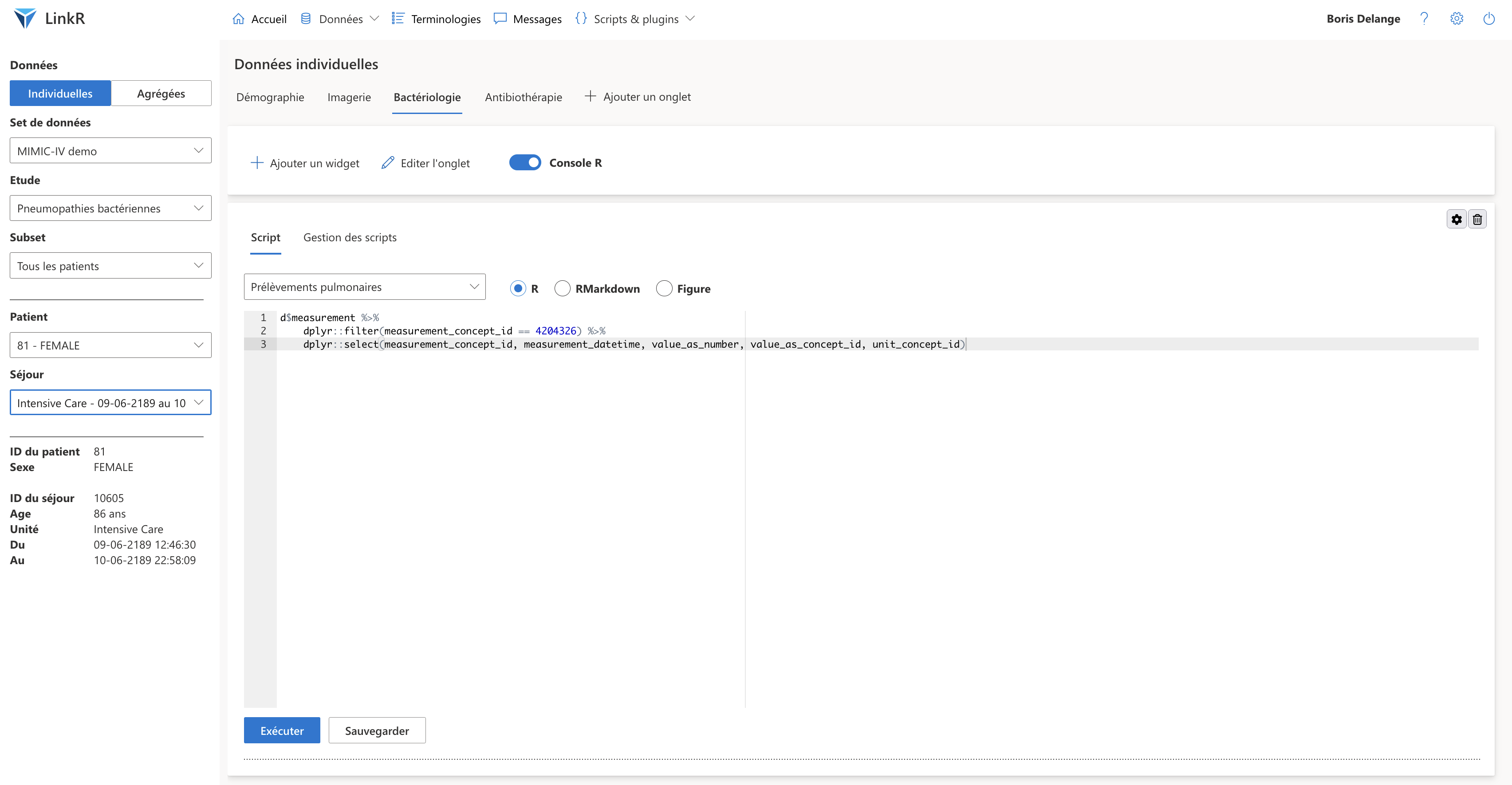 Individual data tabs with a “Console R” plugin
Individual data tabs with a “Console R” plugin
Once this is done, we can continue our study by analyzing the aggregated data.
In the same way, I create tabs, corresponding to the different stages of my study :
Each of these examples corresponds to what we call a plugin: it is a script allowing you to add functionality to the application.
We will therefore have a “Flowchart” plugin, a “plugin” Bibliography” etc.
Advantages:
 can perform statistics on the data, without programming knowledge
can perform statistics on the data, without programming knowledge can, once again, modify the tab code to add code not proposed by the plug-ins.
can, once again, modify the tab code to add code not proposed by the plug-ins. can learn about biostatistics.
can learn about biostatistics.
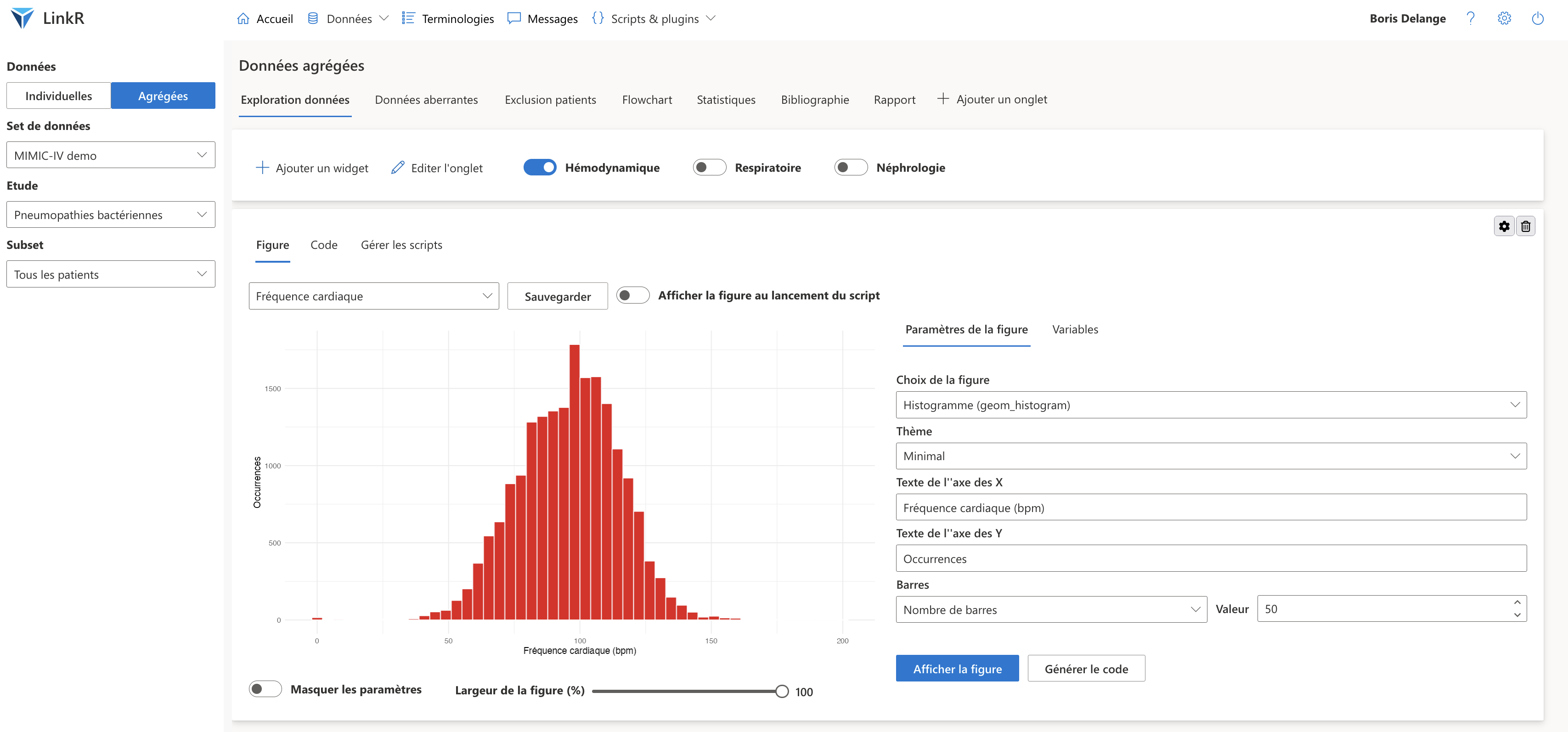 Aggregated data tabs with a "Figure (ggplot2) plugin"
Aggregated data tabs with a "Figure (ggplot2) plugin"
The different stakeholders can communicate via the “Messages” tab.
So :
 can query the
can query the  if he has questions about programming
if he has questions about programming can query the
can query the  if he has questions about medicine
if he has questions about medicine can question the
can question the  or the
or the  depending on your needs
depending on your needsLinkR builds on the OMOP Common Data Model, which is a model used by many hospitals around the world.
This allows interoperability of data, it is thus possible to carry out multicenter studies easily, by only coding the study once.
LinkR integrates concept alignment tools, allowing you to match concepts contained in different databases.
For example to match the concept “123456 - Heart rate” from center 1 to the concept “ 456789 - HR (bpm)” from center 2.
It is also possible to share everything you develop within LinkR.
To know :
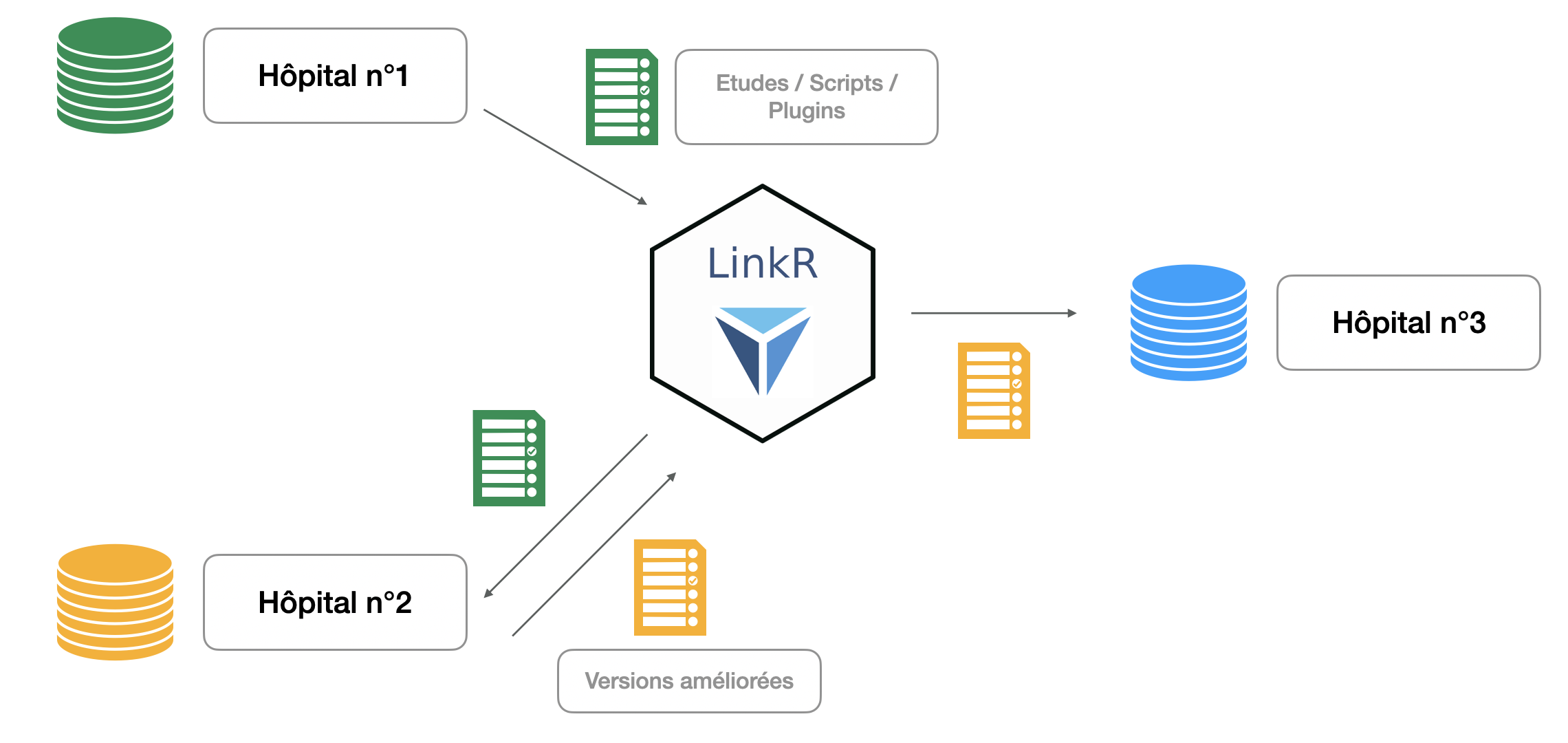
Algorithmic interoperability offered by LinkR
By combining data interoperability as well as algorithmic interoperability (sharing of studies, scripts and plugins), LinkR really allows research to be carried out according to the principles of “open science” or open science2.
This also allows protection of health data: LinkR follows a decentralized architecture, it is the algorithms that travel and not the data. 9 —
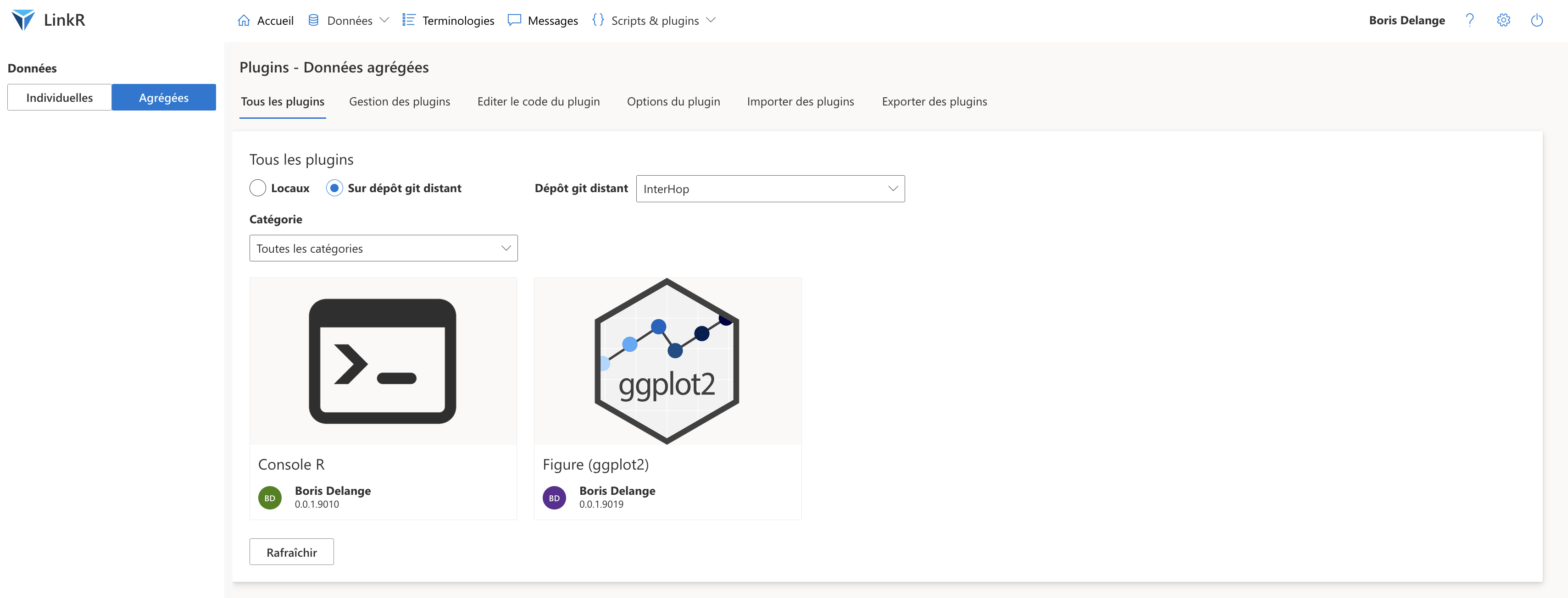
Catalog of plugins available on the InterHop git. Installing a plugin is done in one click.
LinkR is a web application created with the Shiny library in R.
It is open source software, under the GPLv3 license.
The application can be installed via ShinyProxy and protected by SSO authentication.
To install the app, follow the steps given here.
You can also test the app here:
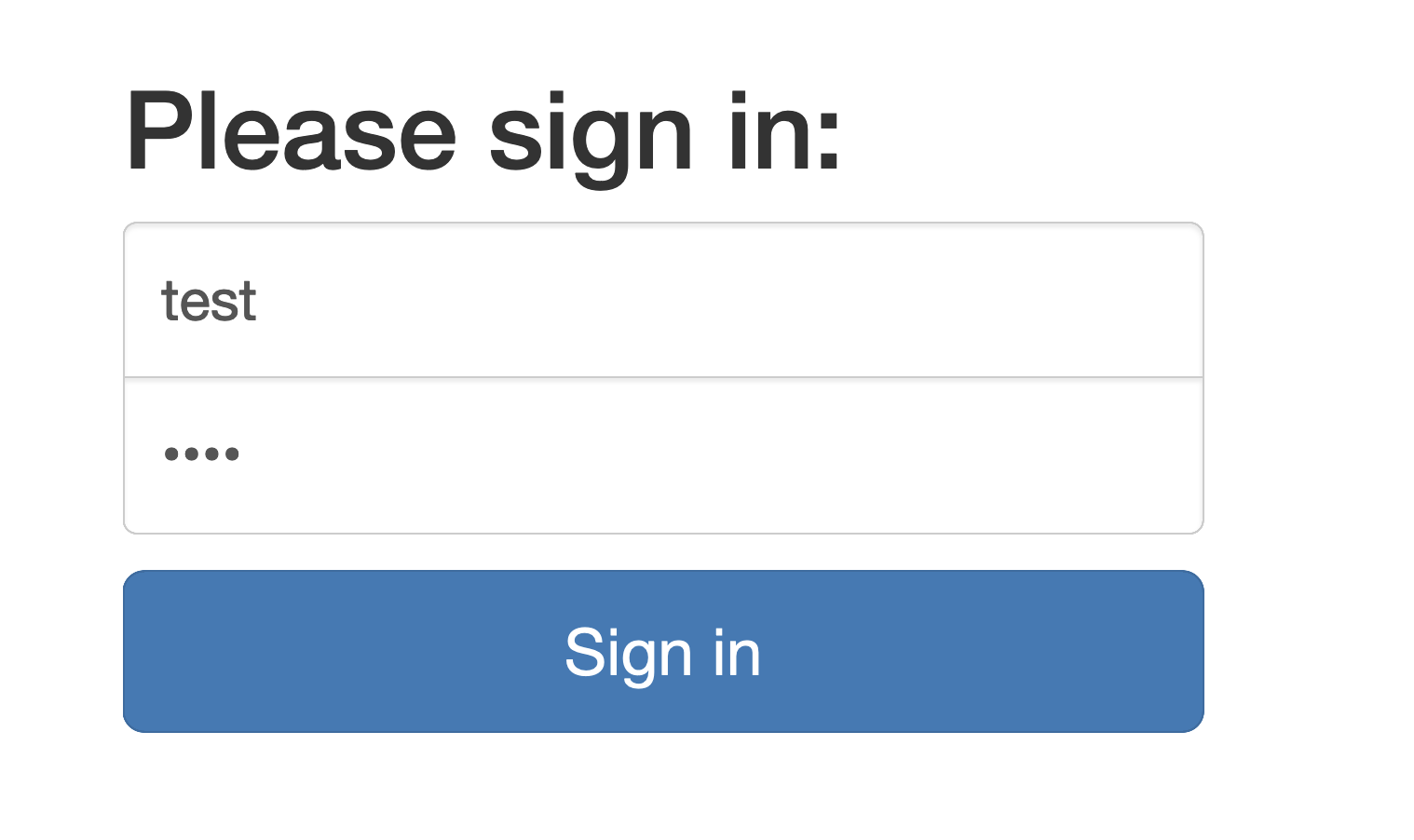
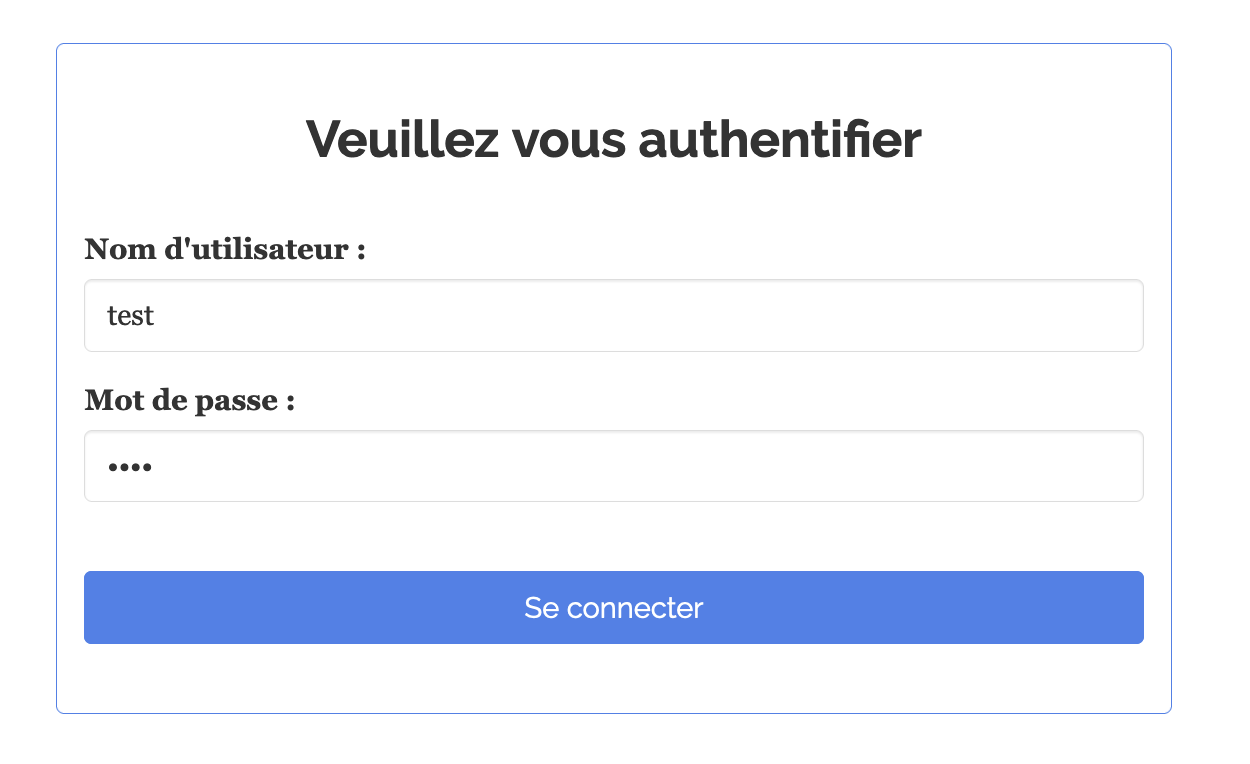
InterHop offers data hosting for its digital tools on its servers HDS (health data host) , rented from GPLExpert.
The association also suggests using Goupile, an eCRF tool, allowing *collect data *directly on HDS servers.
Still within the framework of InterHop it is possible to use LinkR on HDS servers.
This will make it possible to collect the data and then carry out the studies in the same place, in a secure manner.
InterHop also offers support for the use of LinkR.
##Collaboration
The project being open source and carried out by volunteers, any contribution is welcome!